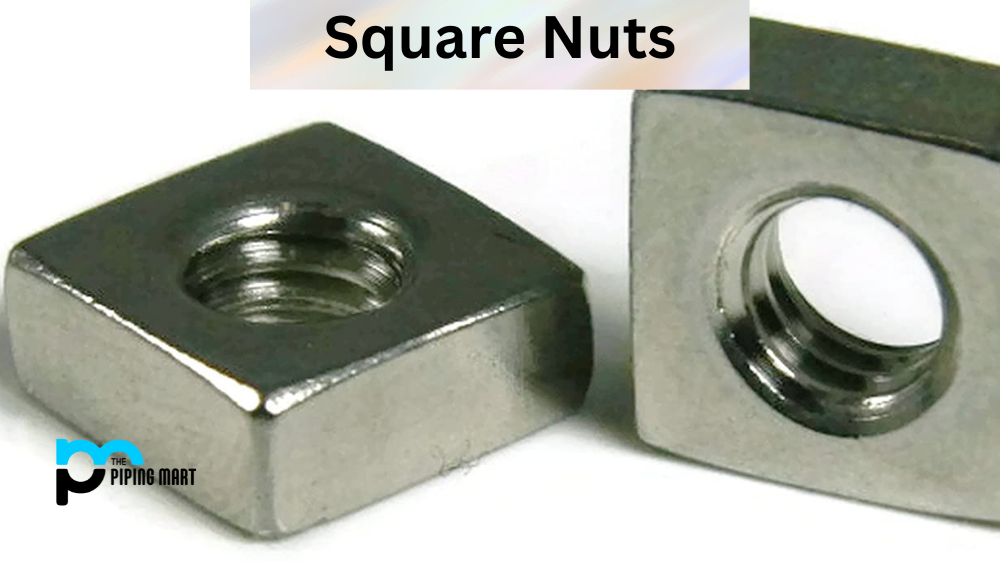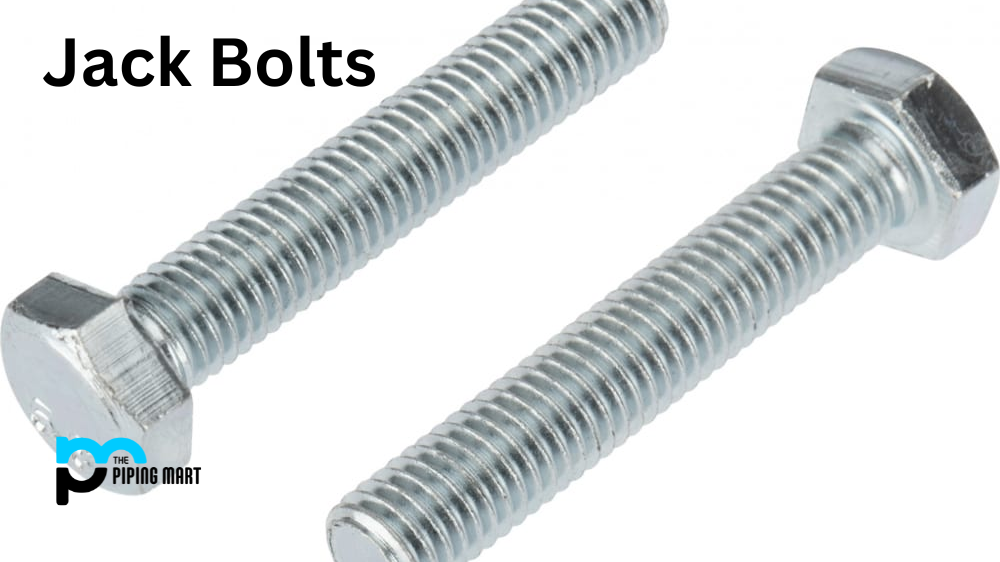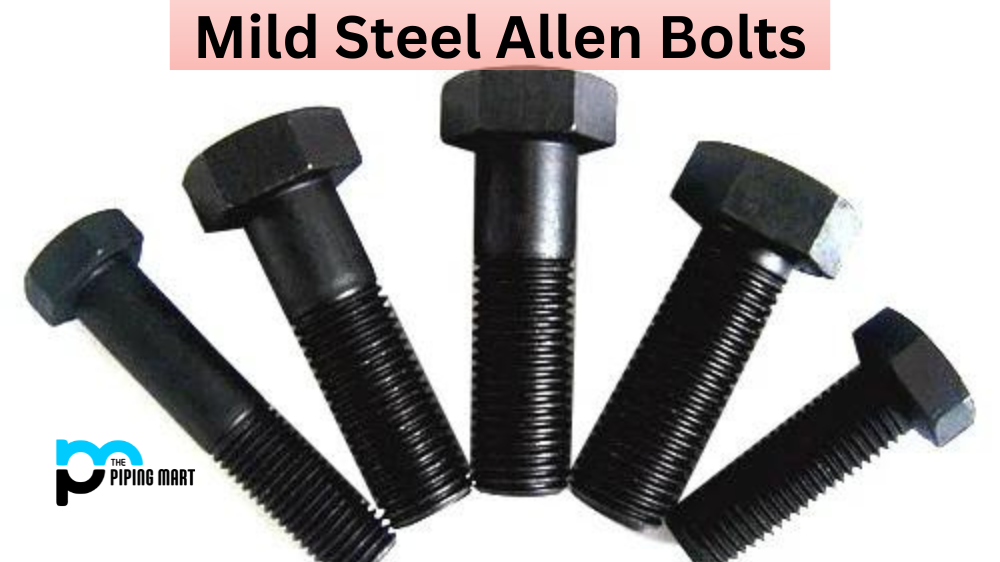A square nut is a four-sided nut that is used in various applications across industries. Its symmetric shape makes it an ideal choice for tight spaces and difficult-to-reach areas, as well as places where the nut must fit into pre-drilled or tapped holes. In this blog post, we’ll explain what a square nut is, discuss its benefits and uses, and provide some tips on how to install them properly.
What is Square Nut?
A square nut is a type of hardware used to secure two pieces of material together via threaded bolts or screws. As its name implies, it has a four-sided shape, with the sides typically being equal in length and width. The corners of the nut may be round or chamfered, depending on the application. It also comes in various sizes, from small to large, which means it can be used for different applications depending on its size and strength requirements.
Benefits and Uses of Square Nut
The benefit of using square nuts is that they are able to fit in smaller spaces than hexagonal nuts because their sides are equal in length and width instead of having flat sides like hexagonal nuts do. This makes them perfect for use in tight spaces, such as between two walls or under raised flooring surfaces where there isn’t much room for turning wrenches or inserting traditional hexagonal nuts. Additionally, because they have rounded edges (or chamfered edges), they are less likely to cut into soft materials like wood or plastic than traditional hexagonal nuts would be if over-tightened. They also offer more surface area contact with the bolt or screw head when compared with traditional hexagonal nuts, which means there is greater friction and torque transfer when tightening these types of fasteners, making them ideal for applications where extra grip is needed, such as automotive engines or machinery construction projects. Finally, because they have four equal sides, they can easily fit into pre-drilled holes, which eliminates the need for tapping threads into metals more easily than traditional hexagonal nuts require due to their flat sides, which can make threading difficult if not done correctly.
Installation Tips For Square Nut
When installing square nuts, make sure you have the right size socket wrench or spanner to fit your particular fastener size as well as a good quality torque wrench, so you don’t overtighten your bolts/screws and cause damage to your product/materials secured by these components. Additionally, make sure you use an anti-seize lubricant on all threads prior to installation. This will help prevent oxidation from occurring due to contact between dissimilar metals (Threads & Bolts/Screws) during assembly, which could lead to future problems down the line when attempting maintenance work on these components later on down the line due to rust build etc. Lastly, always use caution when installing any type of fastener component, especially those made out of metals, as over-tightening could cause brittle fractures leading to failure of your product/material during operation leading to potentially catastrophic results depending on what type of product/material you are working with at any given time so always take your time while carrying out assembly operations involving these types of components!
Conclusion:
Square nuts are incredibly versatile fastening options that can be used in many different situations both indoors and outdoors thanks to their ability to fit into tighter spaces than traditional hexagonal nuts due to their symmetrical four-sided design along with other benefits such as increased surface area contact between mating surfaces during installation increasing torque transfer capabilities resulting in greater grip strength etc. However, it’s important that proper precautions should always be taken when performing any type of assembly operations involving metal components, such as making sure you have the right tools for each job, including; appropriately sized sockets/spanners along with a quality torque wrench accompanied by anti-seize lubrication prior to assembly operations commencing! With these tips in mind, you should now feel confident enough about tackling any job requiring square nuts! Good luck!

Pipingmart is a B2B portal that specializes in metal, industrial and piping items. Additionally, we share the latest information and information about materials, products and various types of grades to assist businesses that are involved in this business.




